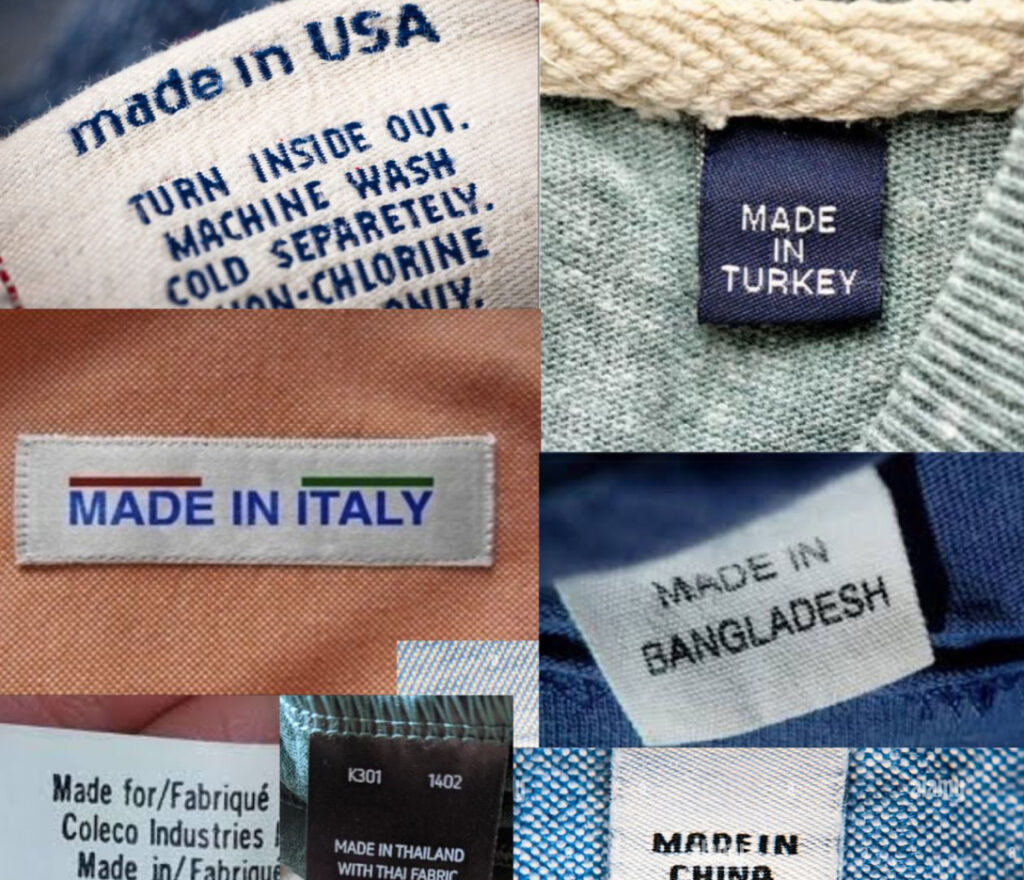In an era where a single garment may traverse multiple continents before reaching the consumer, the traditional “Made in [Country]” label has become a complex symbol. Once a straightforward indicator of origin, it now raises questions about authenticity, quality, and ethical production. As supply chains become increasingly globalized, it’s imperative to examine the evolving significance of these labels and consider what they truly represent in today’s fashion industry.
The Historical Significance of “Made In”
Historically, the “Made in” label served as a mark of national pride and quality assurance. Countries like Italy, France, and Japan built reputations around their craftsmanship, with labels like “Made in Italy” synonymous with luxury and artisanal excellence. These labels were not just about geography; they conveyed a narrative of tradition, skill, and cultural identity.
The Complexity of Modern Supply Chains
Today, the path from raw material to finished garment is rarely linear. A single piece of clothing might involve cotton from the United States, dyeing in India, assembly in Bangladesh, and final packaging in Germany. This fragmentation challenges the integrity of the “Made in” label, as it often reflects only the final stage of production, omitting the global journey of the product.
For instance, the “Made in Italy” label faces scrutiny due to the outsourcing of various production stages to other countries, raising concerns about the authenticity of the label and the preservation of traditional Italian craftsmanship.
Consumer Perception and the Country-of-Origin Effect
Despite the complexities, consumer perception still heavily relies on country-of-origin labels. The “Made in USA” label, for example, is associated with quality and ethical labor practices, influencing purchasing decisions.
However, this perception is nuanced. While some consumers prioritize domestic production for ethical reasons, others are more influenced by price and design, indicating that the “Made in” label is just one of many factors in purchasing decisions.
The Rise of Ethical and Transparent Labeling
In response to the limitations of traditional origin labels, there’s a growing movement towards more transparent and ethical labeling practices. Brands are increasingly adopting labels that highlight sustainable practices, fair labor conditions, and environmental impact.
For example, eco-labels and certifications provide consumers with information about a product’s environmental footprint and ethical considerations, allowing for more informed choices.
The Role of Technology in Enhancing Transparency
Advancements in technology offer new avenues for transparency in the fashion industry. Smart labels and QR codes can provide consumers with detailed information about a product’s supply chain, from raw material sourcing to final assembly.
This level of detail empowers consumers to make choices aligned with their values and encourages brands to maintain ethical and sustainable practices throughout their supply chains.
Rethinking the Importance of “Made In”
Given the complexities of modern production, it’s worth questioning whether the “Made in” label should remain the primary indicator of a product’s value. Instead, a shift towards labels that emphasize ethical practices, sustainability, and craftsmanship, regardless of geographic origin, may provide a more accurate representation of a product’s quality and integrity.
Embracing a New Narrative
The traditional “Made in” label, while still holding significance, no longer encapsulates the full story of a product’s journey. As consumers become more conscious of ethical and environmental issues, the demand for transparency and authenticity grows. Embracing labels that reflect these values can lead to a more informed and responsible fashion industry, where the focus shifts from mere geography to the principles and practices that truly define a product’s worth.
No comments yet.







